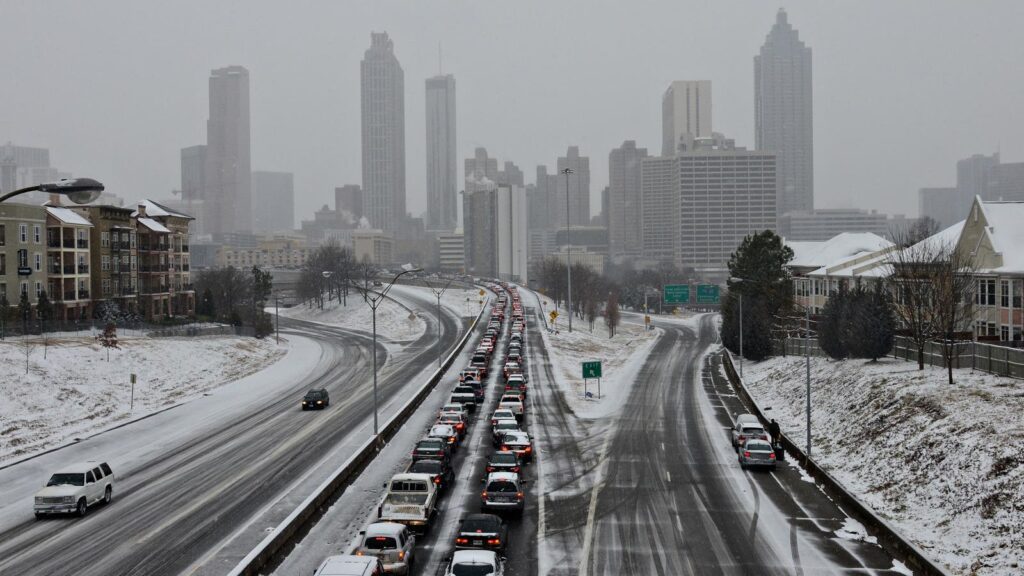
The Fallout of Viral Snow Forecast Posts on Social Media
As I scroll through my social media feeds, I’m increasingly concerned about the impact of viral snow forecast posts. It’s like a bad habit – as soon as winter rolls around, sensationalized and often inaccurate weather forecasts spread like wildfire online. I’ve coined this phenomenon “snow porn” to describe the over-the-top, hyperbolic, or simply unrealistic weather predictions that create unrealistic expectations and ultimately harm our credibility.
Let me be clear: meteorologists are not trying to deceive anyone. We understand the importance of accurate forecasting and do our best to provide reliable information based on the latest data and models. However, when these “fantasy storms” don’t materialize, people begin to question our expertise and credibility. It’s a vicious cycle – the more we correct false forecasts, the less people trust us.
The problem is not just about accuracy; it’s also about understanding the limitations of weather forecasting itself. I’ve seen posts claiming that certain models are “predicting” extreme weather events, but these are often misinterpreted or taken out of context. Let me put this in simple terms: our job as meteorologists is to provide probabilities and percentages, not guarantee outcomes. If you ask a forecaster if it will snow tomorrow, the honest answer might be “there’s only a 5% chance,” but that doesn’t mean it won’t happen at all.
Another issue with these viral posts is confirmation bias. When people see what they want to see or hear, they become resistant to credible explanations and ignore evidence-based information. It’s like seeing a snowman standing in the middle of the city – when reality sets in, many users will refuse to accept that it was just a prank.
In this era of social media amplification, we need to recognize the devastating consequences of these viral forecasts. By spreading misinformation or sensationalized content, we inadvertently create an environment where people don’t take our warnings seriously and underestimate the actual threat posed by severe weather events. In times like these, trust is crucial – it’s what keeps us grounded in reality.
As a meteorologist, I urge you to be mindful of this issue. When you see those “SNOWMAGEDDON” predictions or claims that we can predict with certainty when snow will fall, take a step back and consider the source. Ask yourself: Is there any credible evidence behind these claims? Are they simply sensationalized for clickbait?
By being more discerning about the information we share online, we can help rebuild trust in our field and maintain public safety during severe weather events.
Source: www.forbes.com


